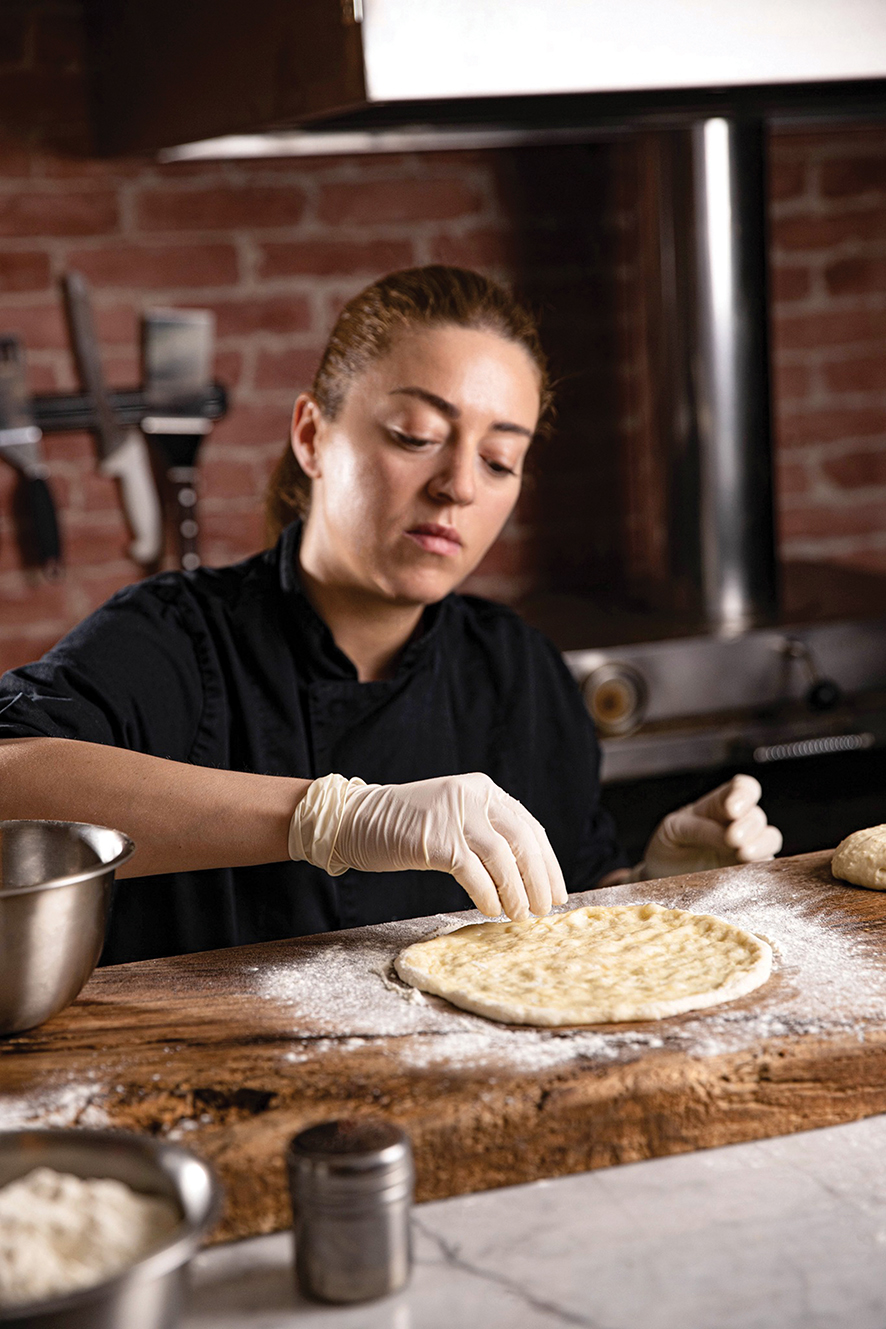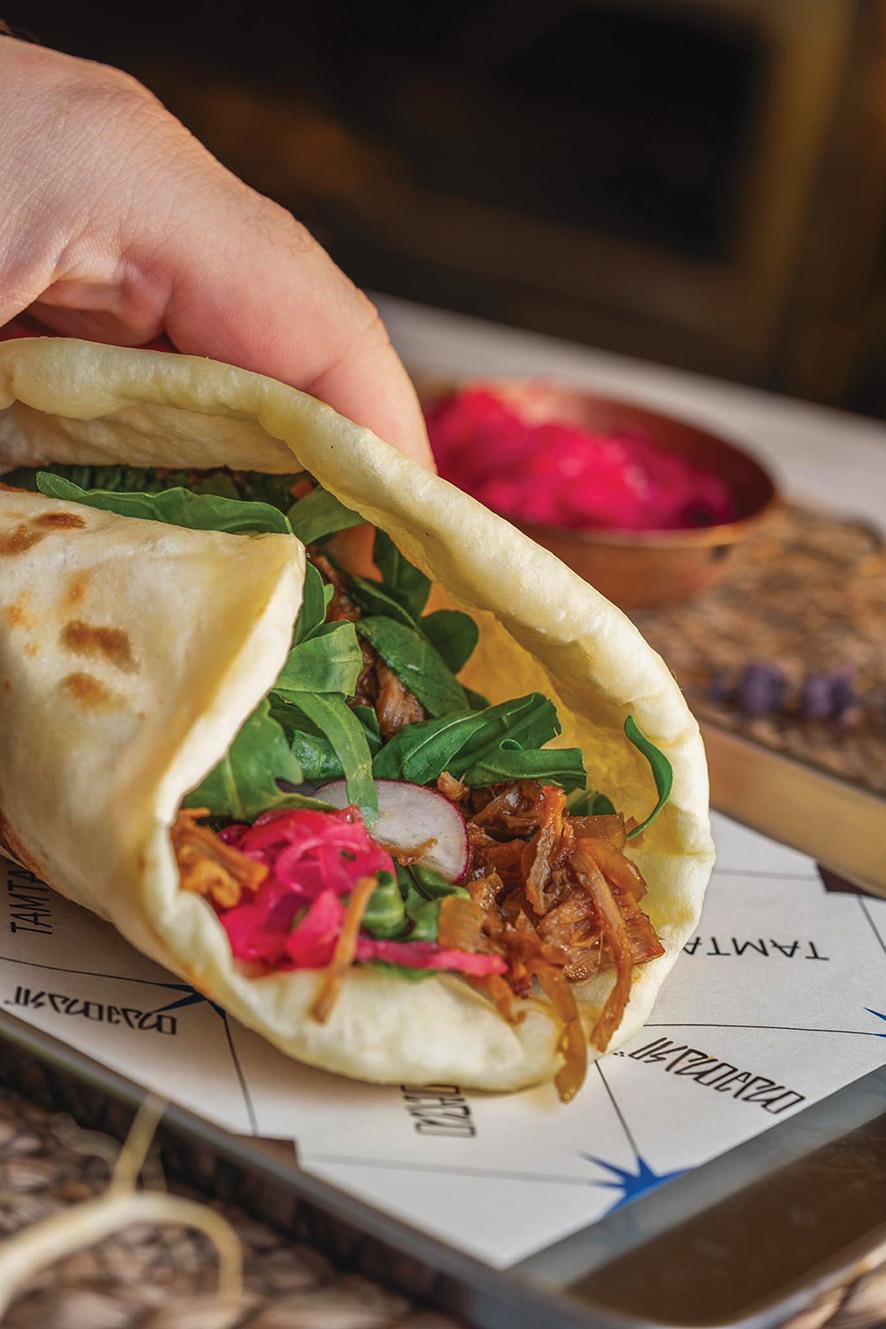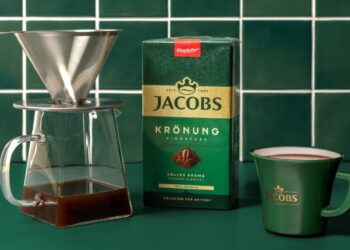Written for Investor.ge.
Across Tbilisi, the gentle curves of stacked shotis puri are a familiar sight in traditional tone bakeries. But bread is getting a new look in the capital – with this current generation of creative bakers exploring twists on the classic carbohydrate.
Bread is a vital component of most meals in Georgia, and the many tone ovens scattered throughout the streets of Tbilisi speak to the necessity of this staple. To ensure that bread is on the table with every meal, bread is bought fresh either daily or every two to three days by 94.6% of Tbilisi residents, according to ACT global.
“When Georgians eat dinner or breakfast, it’s basically all about the bread,” explains Tamta Kikaleishvili, chef and creative mind behind the Tbilisi restaurant Tamtaki. “We don’t have these traditions of specific dishes for breakfast – it is all about cheese and bread. So bread is very important for Georgians.”
Lavashi and shoti are the most common forms of this Georgian staple, although other local breads like somini and Meskhuri lavashi can be found in southern Georgia. Shoti bread originates in Kakheti, and traditionally has its own ritual conclusion to baking at home with bread, cheese, and wine being shared around the tone oven. “Georgians still love our traditional bread that we bake in the tone,” says Kikaleishvili, “and I think because we love it so much, we don’t experiment with this dough specifically.”

However, things are starting to change, driven in part by the way people perceive baking. “In the last five or even eight years, we have many bakers that have stepped out of these traditional bakeries and started to learn technical things like how to make your own yeast, natural yeast, fermentation and other processes,” explains Kikaleishvili. “You can see people understanding that this can be a profession; ten years ago nobody would call being a baker a profession. Now it’s there, and it’s very respectable.”
In her restaurant Tamtaki, Kikaleishvil has created her own signature style of bread based on Egyptian flatbreads. Soft and fluffy, these wraps are similar to a pita bread and made to order in a glowing oven in the restaurant. Inside the wraps you can order a range of Georgian-European-Asian fusion flavors, all inspired by traditional Georgian ingredients and dishes.
Georgia’s Long History of Wheat
In recent years, as the definition of what bread can be has expanded, so has the importance of wheat, its fundamental ingredient. Wheat flour is most commonly used to bake all types of bread in Georgia, reflected by the Georgian word for wheat flour, which translates in English to “bread flour.”
The prevalence of this carbohydrate stems from the long history of wheat in Georgia; not only is the country the birthplace of wine, but it can be argued to also be a cradle of wheat. Of the world’s 27 varieties of wheat, 14 have been found in Georgia, and of these, five are endemic varieties. Wheat has been cultivated in the country for over 5,000 years, and archeological evidence suggests that bread baking dates back to the chalcolithic period. To safeguard this important national grain, in March 2018, ‘wheat culture’ was registered in the State Inventory of the Intangible Cultural Heritage of Georgia by the National Agency for Cultural Heritage Preservation of Georgia. The Georgian wheat crop was then placed on the UNESCO Safeguarding – Intangible Heritage List in 2019.
Currently, around 90% of the wheat market in Georgia is dominated by Russian wheat, but there is a resurgence of interest in indigenous grains, reflecting a global interest in ancient grains. Ancient grains include products like buckwheat and spelt, but also heirloom varieties like Tsiteli Doli wheat from Georgia. In a market analysis released by Meticulous Research in 2023, the global ancient grain market size was valued at $58.6 billion in 2022, and is expected to reach $105.2 billion by 2028. According to the same report, this growth will be driven by a CAGR of 37.6% from 2023 to 2030. This impressive progress also comes with an increasing consumer awareness of those ancient grains, an interest in both learning more about them, and a willingness to pay a premium, according to a US survey by Ardent Mills. The growing interest in heritage wheat provides an opportunity to invest and encourage the burgeoning heritage grain industry within Georgia.

Awareness of endemic varieties is already being promoted by the Bread Festival: A one-day festival held in Akhaltsikhe, aimed at popularizing local wheat varieties and the bakeries that focus on using heritage wheat flours.
Jean-Jacques, owner of the bakery Au Ble D’or, is a proponent of endemic varieties. He grows and mills the endemic Georgian wheat Tsiteli Doli, which he uses for all of his baked goods. Everything in his bakery is produced from scratch, closing the loop from grain to flour to delicious breads and pastries. The significant work required to collect and mill the grain by hand is why the shop is only open four days per week.
By Rowan Twine for Investor.ge














